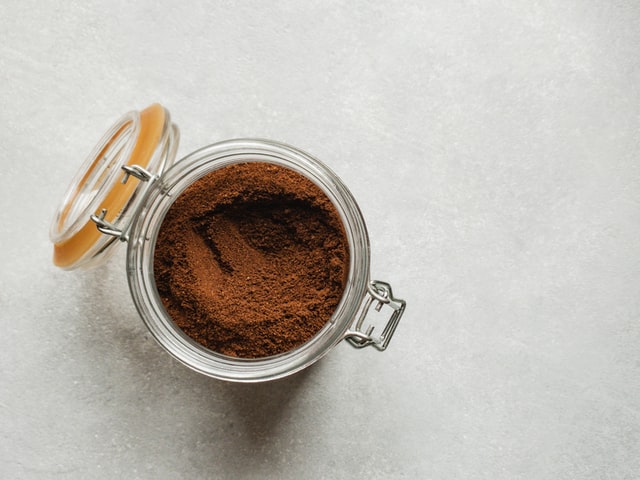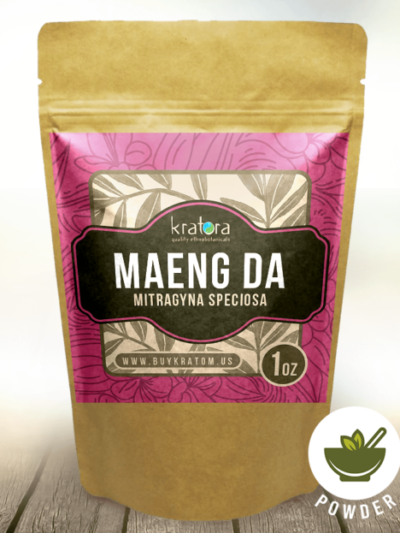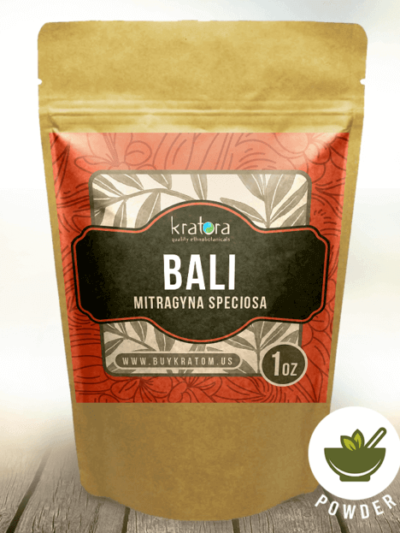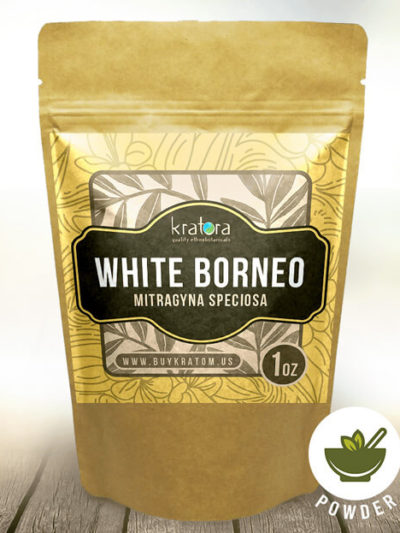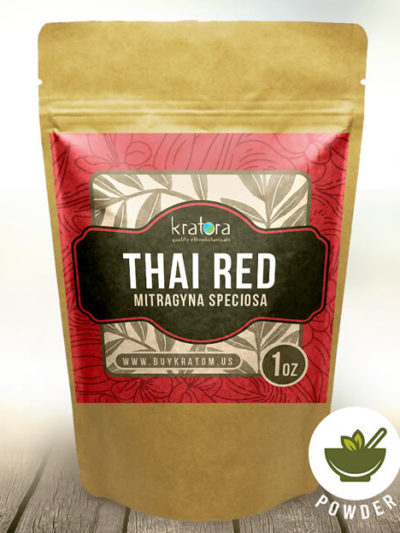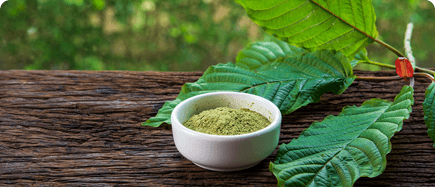Kratom has gained a lot of popularity over the last few years as more people are becoming aware of its benefits. Unfortunately, there’s a lot of misinformation about kratom out there. So many people are talking about kratom myths while the truth remains hidden in the shadows. Whether you’re new to kratom or want to learn more facts about kratom, it’s time to set the record straight.
In this blog post, we’ll be debunking five common myths about kratom that will help you understand this ethnobotanical plant better.
Myth 1: Kratom is a Synthetic Drug
One of the most common myths about kratom is that it’s a synthetic drug. This is not true. Kratom is a plant indigenous to Southeast Asia and comes from the Mitragyna Speciosa tree. For centuries, it has been used in traditional medicine by locals living in Thailand, Myanmar, Malaysia, and other kratom-producing regions. Kratom is among many ethnobotanical plants being studied for their psychological and alternative medicinal benefits.
Unlike synthetic drugs that are chemical-based, kratom is a natural herb that has been organically grown and harvested to produce different types of kratom products like plain leaf powders, liquid kratom, kratom capsules, and enhanced kratom extracts. This is one of the unfounded kratom myths you’re likely to hear from people who have limited knowledge about its origin, but now you know!
Myth 2: Kratom Can Lead to Addiction
Another prevalent kratom myth is that it can lead to addiction. Before we debunk this myth, let’s take a look at what addiction actually means. In medical terms: “it’s a disease state characterized by compulsive use despite harmful consequences”. Addiction also requires withdrawal symptoms and tolerance in order to be diagnosed as such.
In kratom’s case, the opposite is true: it has been proven to be an alternative natural herb with a wide range of benefits like its euphoric, energetic, and soothing aromas from the different strains available. In fact, kratom’s alkaloid compounds have also been reported to have psychological benefits.
Myth 3: Kratom Hasn’t Been Researched
Kratom is currently undergoing lots of research to discover its medicinal qualities, and many kratom studies have been done on lab animals. For instance, kratom is being studied in the US by scientists at Columbia University who are trying to determine if kratom can be used to manage different ailments. Ethnobotanical plants like kratom have a rich history of traditional use, so kratom research is really just looking at ways the plant can be used for modern-day health issues and well-being.
The American Kratom Association notes that kratom is one of the potentially helpful natural herbs that modern medical professionals are researching. Debunking such kratom myths is important so that more people can learn the facts about kratom and what it has the potential to achieve.
Myth 4: Different Kratom Strains Come From Different Kratom Trees
Another common kratom myth is that different kratom strains come from different kratom trees. There are many different kratom types, but they all stem from one type of plant: Mitragyna Speciosa. The strains are a result of a kratom plant’s habitat, geographical location, and farming techniques.
In fact, the harvesting techniques and growth environment play a huge role in kratom’s different colors like red, green, and white kratom and variations in alkaloid content. Different kratom regions have different kratom varieties. So technically, this kratom myth isn’t true. The kratom strains do come from various uniquely wild and sustainably planted kratom trees, but the kratom tree is Mitragyna Speciosa and not a separate type of kratom plant.
Myth 5: Kratom Is Mostly Used to Get High
The final myth about kratom is that it is primarily used to get high. Its primary use is to provide an uplifting, calming, soothing, and stimulating feeling from its wide-ranging aromas. Kratom isn’t usually used for a thrill-seeking experience. It’s actually mostly used for its relaxing and relief potential. Debunking this myth is critical as more people are being educated on kratom and are understanding the truth.
Learn More About Kratom in Our Blog
Maeng Da Kratom Powder
From $19.99
Shop Now
This product has multiple variants. The options may be chosen on the product page
Quick ViewPremium Commercial Bali Kratom Powder
From $12.99
Shop Now
This product has multiple variants. The options may be chosen on the product page
Quick ViewWhite Vein Borneo Kratom
From $11.99
Shop Now
This product has multiple variants. The options may be chosen on the product page
Quick ViewThai Red Vein Kratom
From $14.99
Shop Now
This product has multiple variants. The options may be chosen on the product page
Quick View
If you’re interested in kratom, you’ve likely heard about kratom myths. These common misconceptions can lead to many inaccurate assumptions and judgments. It’s always advisable to do your own independent research about anything that interests you, especially when it comes to natural herbs like kratom and other kratom alternatives being used for wellness purposes.
Want to learn more facts about kratom? Visit our blog at Kratora. We’re a reputable kratom supplier and have been in business since 2013. Buy high-quality, all-natural kratom products at our online store now.
Want to learn more about kratom quality and value? Start here:
Why Buying Cheap Kratom Can Be Dangerous

